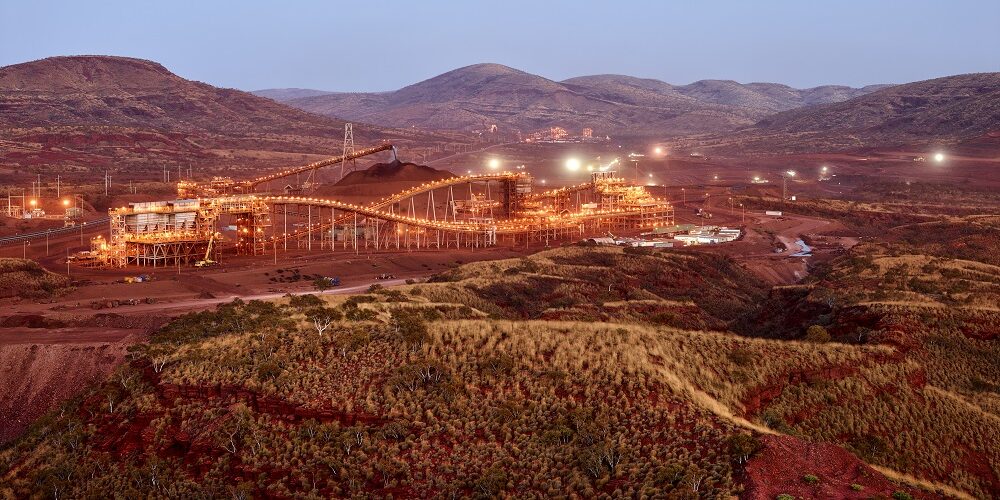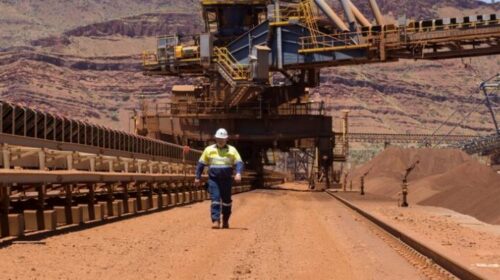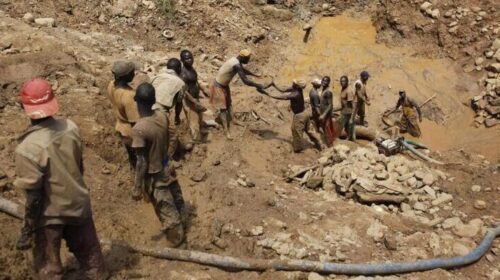Fortescue pledges $6.2bn to eliminate emissions by 2030
Iron-ore major Fortescue has announced a $6.2-billion investment by 2030 to eliminate fossil fuel use and achieve real zero terrestrial emissions across its iron-ore operations.
The miner said in statement on Tuesday that the investment would eliminate Fortescue’s fossil fuel risk profile and enable it to supply its customers with a carbon-free product.
The majority of the capital will be spent in 2024 to 2028, and will include the deployment of an additional 2 GW to 3 GW of renewable energy generation and battery storage and the estimated incremental costs associated with a green mining fleet and locomotives. The capital expenditure (capex) to purchase the fleet will be aligned with the scheduled asset replacement life cycle and included in Fortescue’s sustaining capex.
The company told shareholders that studies were also under way to optimise the localised wind and solar resources.
The investment is expected to generate a positive net present value through enabling the displacement of approximately 700-million litres of diesel and 15-million gigajoules of gas a year by 2030, as well as the associated reduction in carbon dioxide (CO2) emissions.
“There’s no doubt that the energy landscape has changed dramatically over the past two years and this change has accelerated since Russia invaded Ukraine,” Fortescue executive chairperson Dr Andrew Forrest said.
“We are already seeing direct benefits of the transition away from fossil fuels – we avoided 78-million litres of diesel usage at our Chichester Hub in 2022 – but we must accelerate our transition to the post fossil fuel era, driving global scale industrial change as climate change continues to worsen. It will also protect our cost base, enhance our margins and set an example that a post fossil fuel era is good commercial, common sense.
“Fortescue, FFI and FMG, is moving at speed to transition into a global green metals, minerals, energy and technology company, capable of delivering not just green iron-ore but also the minerals, knowledge and technology critical to the energy transition.
“Consistent with Fortescue’s disciplined approach to capital allocation, this investment in renewable energy and decarbonisation is expected to generate attractive economic returns for our shareholders through energy cost savings and a sharp reduction in carbon offset purchases, together with a lower risk cost profile and improvement in the integrity of our assets,” Forrest said.
Fortescue has already made significant effort in decarbonising its iron-ore operations through its successful green fleet trials and innovation, acquisition of Williams Advanced Engineering (WAE), and its partnership with Liebherr in June this year. Building on Fortescue’s announcement in March 2022 to develop with FFI and WAE the world’s first regenerating battery electric iron-ore train, feasibility studies are progressing, with delivery of the first parabolic (gravity powered) drive trains to the Infinity locomotives scheduled to be operational by the end of 2026.
When fully implemented, Fortescue’s decarbonisation strategy and associated investment is expected to avoid three-million tonnes a year of CO2 equivalent emissions, and generate net operating cost savings of $818-million a year from 2030.
It will also result in cumulative operating cost savings of $3-billion by 2030, and payback of capital by 2034, at prevailing market prices.
Fortescue said that the investment would also eliminate the company’s exposure to fossil fuels and associated fossil fuel price volatility, remove the company’s exposure to price risks associated with relying on carbon offsets as well as carbon tax regulatory risk, establish a significant new green growth opportunity by producing a carbon-free iron-ore product through the commercialisation of decarbonisation technologies, and ensure future access to green driven capital markets.
![]()





